Best Practices Articles

Channel Sales as a Growth Engine for SaaS and Connectivity Providers
Software-as-a-Service (SaaS) and connectivity providers operate in an environment where speed, scale, and customer-centricity determine long-term success. Providers must scale efficiently and deliver outcomes that resonate with digitally mature buyers to meet growing demand and rising expectations. Channel sales strategies enable this scale by leveraging external expertise, expanding market reach, and reducing operational overhead.
As providers compete in a fast-moving digital economy, they recognize that product innovation alone does not ensure success. Instead, they rely on channel partners to accelerate adoption, personalize customer engagement, and drive revenue growth. Channel sales serve as a distribution model and a core growth engine that amplifies business impact across industries and geographies.
This article examines how SaaS and connectivity providers build, manage, and scale effective channel sales strategies to thrive in the evolving marketplace. It explores their use of enablement, co-selling, AI tools, and value-driven partnerships to capture new revenue opportunities and solidify market leadership.
1. The Strategic Role of Channel Sales in SaaS Monetization
SaaS providers prioritize scalability and cost-efficiency in their go-to-market strategies. Channel sales support both goals by tapping into established partner ecosystems that maintain trusted relationships with target customers. These partners bring industry insight, local expertise, and operational capacity to drive sector adoption.
Instead of hiring large direct sales teams, SaaS providers empower partners through targeted enablement programs. Providers deliver technical certifications, sales playbooks, and marketing resources. Partners then execute sales motions independently while staying aligned with vendor messaging. This reduces customer acquisition costs and expands reach without compromising control.
Channel sales also facilitate product monetization. Providers define service tiers and bundle add-ons tailored to customer size and industry. Partners use this structure to drive upsell opportunities, cross-sell complementary solutions, and maximize account value. SaaS companies reward performance with tiered incentives, aligning partner revenue with platform growth.
SaaS providers also incorporate white-label and embedded solutions into their channel strategies. These approaches allow partners to integrate SaaS capabilities into broader service offerings, unlocking new monetization paths and strengthening the provider’s position in strategic verticals.
2. Driving Connectivity Provider Growth Through Partner Ecosystems
Connectivity providers rely on channel sales to expand quickly, especially in fragmented regional markets. TSDs and advisors serve as multipliers, offering established client bases and domain expertise. They help providers sell UCaaS, CCaaS, SD-WAN, and network-as-a-service offerings by tailoring them to customer-specific needs.
Through channel sales, providers enter new geographies and verticals without building out local infrastructure. They equip partners with sales and deployment tools, while TSDs handle contracting and logistics. This model accelerates market penetration and improves time-to-revenue.
Channel partners add value by bundling connectivity with complementary services like cybersecurity, collaboration platforms, and compliance tools. These integrated packages address end-to-end requirements and strengthen customer retention. Providers that support bundling increase their relevance and protect against churn.
Connectivity vendors also use channel partners for complex deployments. Advisors manage procurement, implementation, and lifecycle support for clients with multi-site or hybrid infrastructures. This end-to-end involvement positions the channel as a strategic extension of the provider’s brand.

3. Scaling with Efficiency Through Co-Sell and Enablement Programs
Co-sell programs create joint value between vendors and partners. Providers collaborate with partners on opportunity identification, solution development, and customer engagement. They align sales targets, provide shared deal resources, and support go-to-market planning.
SaaS and connectivity providers scale co-sell efforts using partner relationship management (PRM) platforms. These systems centralize training, track engagement, and automate lead registration. Vendors monitor partner performance and optimize enablement content based on real-time insights.
Effective enablement programs equip partners to sell with authority. Providers offer learning portals, certification pathways, and customer case studies. Partners learn to identify pain points, tailor messaging, and position value. This readiness drives higher win rates and reduces sales cycles.
Vendors also co-invest in demand generation. They share marketing development funds (MDF), run joint campaigns, and sponsor partner-hosted events. These initiatives boost brand visibility and lead flow, fueling the partner pipeline and increasing partner-driven revenue.
4. Integrating AI and Analytics into Channel Sales Operations
SaaS and connectivity providers use AI to enhance every aspect of channel operations. AI identifies high-potential partners, predicts deal outcomes, and recommends actions to increase conversion rates. These tools help vendors focus resources on activities that drive results.
Providers automate onboarding using AI to customize learning paths and configure product demos. They analyze partner feedback to improve training content and optimize program structure. These insights accelerate ramp-up and increase partner engagement.
Sales analytics platforms track KPIs like partner contribution margin, renewal velocity, and product penetration. Providers use dashboards to compare performance across regions, refine incentives, and forecast growth accurately.
Partners also benefit directly from AI tools. They use sales assistants to generate quotes, respond to objections, and map solutions to customer needs. AI-enabled CRMs remind them of follow-ups, prioritize leads, and recommend personalized outreach tactics.
These tools transform channel sales into a strategic, data-driven function. They improve alignment, enhance partner experience, and increase the ROI of every partner engagement.

5. Preparing Channel Sales for the Next Phase of Digital Transformation
Digital transformation continues to evolve. SaaS and connectivity providers must future-proof their channel strategies to remain competitive. They expand ecosystems, add value-added services, and align partner goals with business outcomes.
Providers now design partner programs with specialization tracks for healthcare, finance, and manufacturing industries. They incentivize partners to develop vertical solutions and certify regulatory standards. These initiatives create domain authority and strengthen partner differentiation.
In the next phase, channel sales will focus on customer lifecycle value. Providers will reward partners for closing deals and adoption rates, net retention, and customer success milestones. This approach promotes ongoing engagement and mutual accountability.
Emerging technologies demand continuous partner education. Providers introduce AI, edge computing, and 5G into their channel portfolios. To accelerate integration, they support partners with lab environments, sandbox access, and real-world use cases.
Strategic alignment will define the future of channel sales. Providers prioritizing shared planning, mutual investment, and transparent communication will build durable partnerships. These collaborations will lead to growth in increasingly complex and competitive markets.
Conclusion
SaaS and connectivity providers achieve scale by leveraging channel sales as a growth engine. This model empowers partners to drive expansion, deliver outcomes, and sustain customer relationships. Providers reduce go-to-market costs, enter new markets quickly, and increase the lifetime value of each customer.
Channel sales enable flexible, responsive, and data-informed strategies. It transforms external relationships into revenue-driving assets. With the right partner enablement, AI insights, and value alignment, providers create ecosystems capable of long-term, sustainable growth.
As digital transformation accelerates, providers that embrace channel innovation will lead the next chapter of the SaaS and telecom industries. They will deliver products and intelligent, outcome-based solutions that drive real business impact.
Best Practices Guidebook
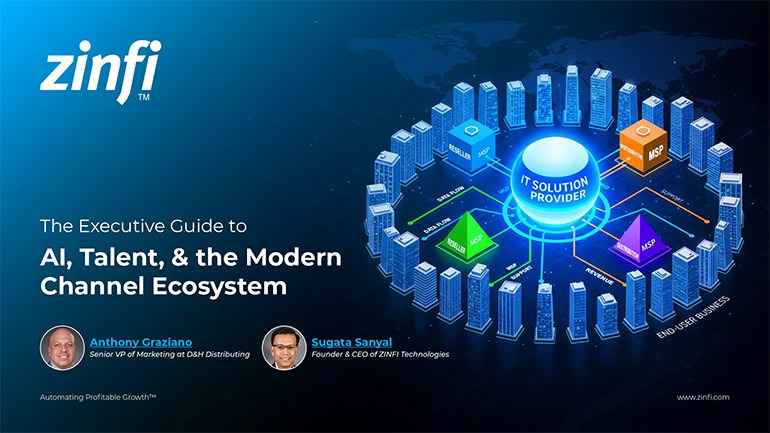 Modernizing Channel Marketing: AI and Ecosystem Enablement Best Practices
Modernizing Channel Marketing: AI and Ecosystem Enablement Best PracticesDownload for FREE
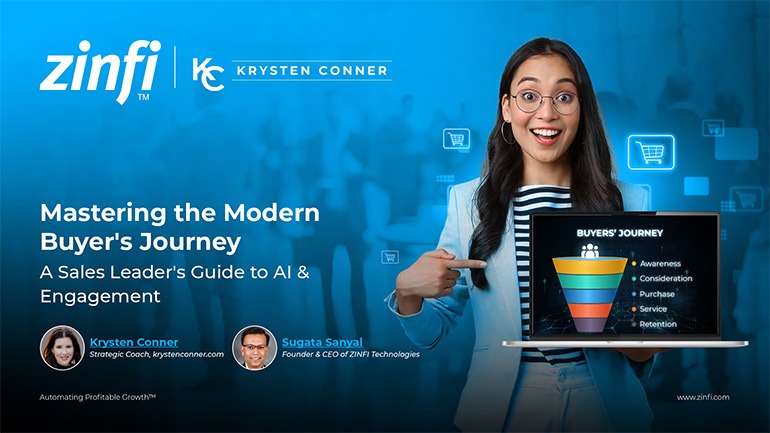 The Channel’s Shift to Partner-Led With AI Best Practices
The Channel’s Shift to Partner-Led With AI Best PracticesDownload for FREE
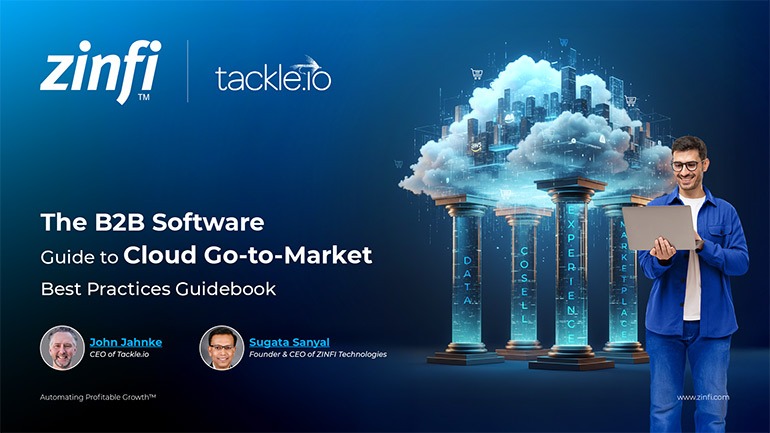 Hyperscalers, ISVs, and AI: Shaping the Future of B2B Software Distribution
Hyperscalers, ISVs, and AI: Shaping the Future of B2B Software DistributionDownload for FREE
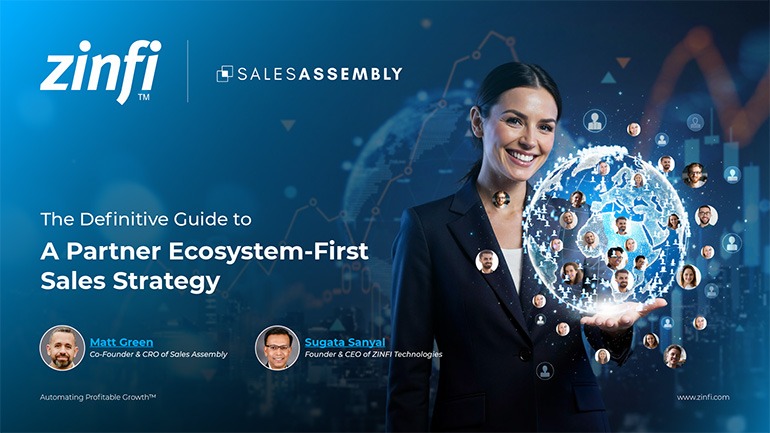 Definitive Guide to a Partner Ecosystem-First Sales Strategy
Definitive Guide to a Partner Ecosystem-First Sales StrategyDownload for FREE
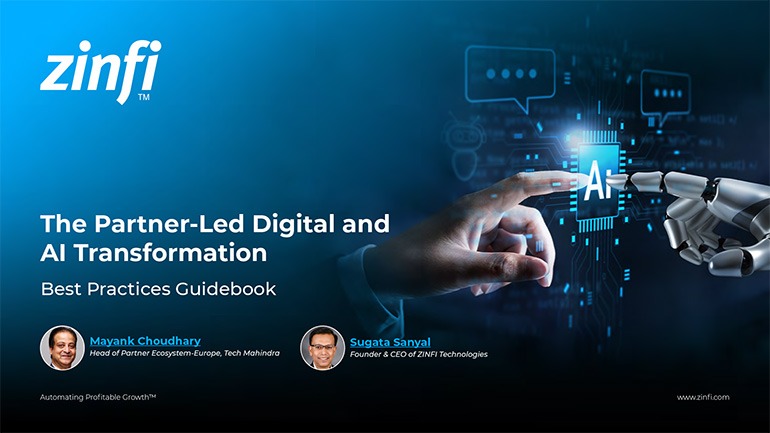 The Partner-Led Digital and AI Transformation Best Practices
The Partner-Led Digital and AI Transformation Best PracticesDownload for FREE
 Startup Talent Recruitment: Hiring Missionaries, Not Mercenaries
Startup Talent Recruitment: Hiring Missionaries, Not MercenariesDownload for FREE
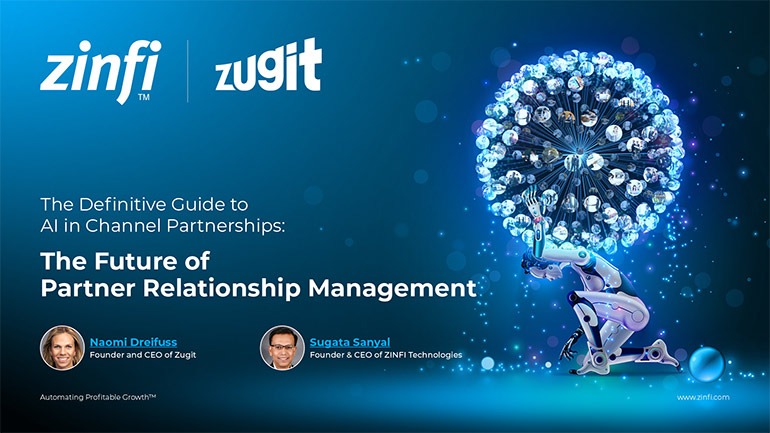 The Future of Partner Relationship Management with AI in Partnerships
The Future of Partner Relationship Management with AI in PartnershipsDownload for FREE
 Cybersecurity for the 99%: Strategies from the Frontline
Cybersecurity for the 99%: Strategies from the FrontlineDownload for FREE
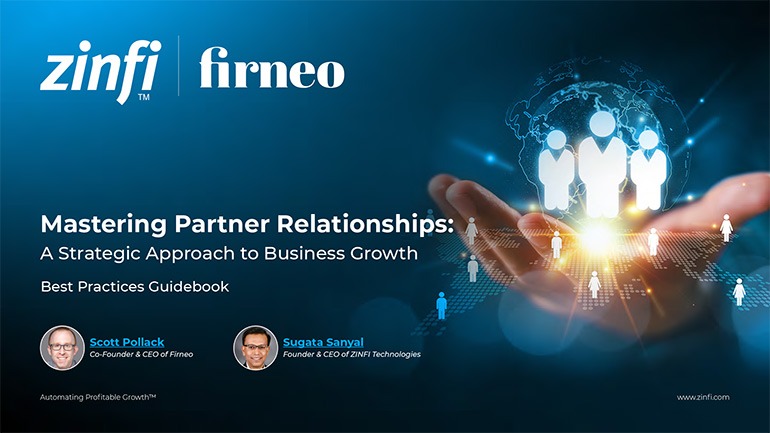 Mastering Partner Relationships: A Strategic Approach to Business Growth
Mastering Partner Relationships: A Strategic Approach to Business GrowthDownload for FREE
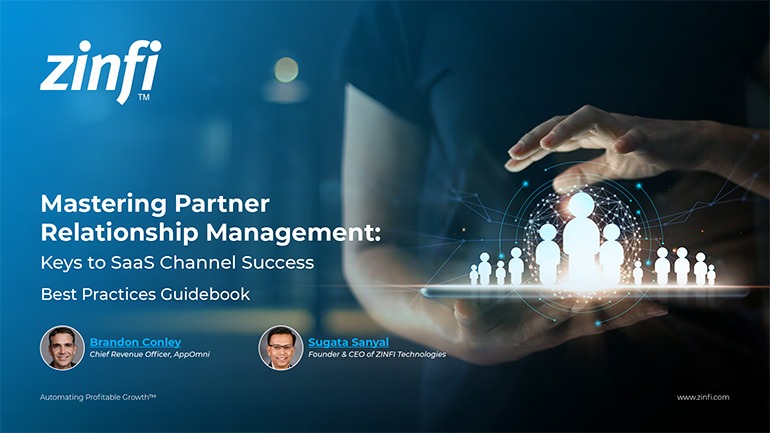 Mastering Partner Relationship Management: Keys to SaaS Channel Success
Mastering Partner Relationship Management: Keys to SaaS Channel SuccessDownload for FREE
 Navigating the AI Revolution: Guide for Partners in the Microsoft Ecosystem
Navigating the AI Revolution: Guide for Partners in the Microsoft EcosystemDownload for FREE
 Mastering the Modern Buyers Journey: Sales Leader’s Guide to AI & Engagement
Mastering the Modern Buyers Journey: Sales Leader’s Guide to AI & EngagementDownload for FREE










